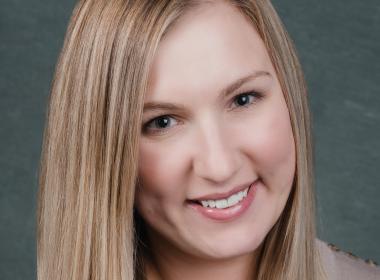
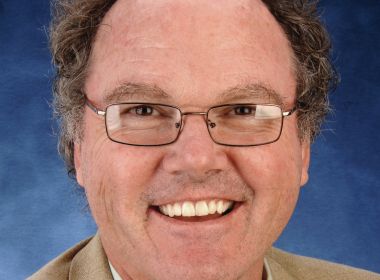
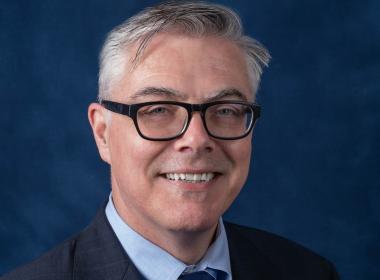
Doctor
Kevin Fitzsimmons, MHS, PA-C Physician Assistant, Sports Medicine
- Specialties
- Sports Medicine
- Orthopedics
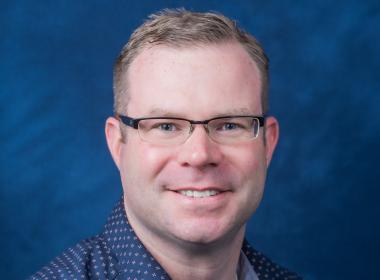

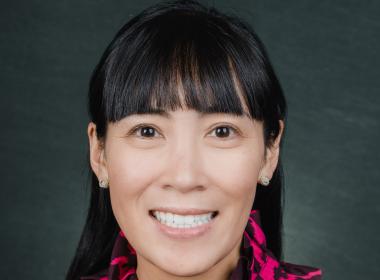
Article
Celebrating Sickle Cell Patients at Connecticut Children’s Determined to make patients with Sickle Cell Disease and their families feel more comfortable while at Connecticut Children’s, Kelly Ha, LMSW, a member of Connecticut Children’s Diversity, Equity and Inclusion (DEI) Advisory Board, turned a creative idea into reality in launching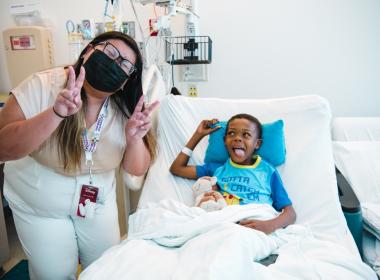
Doctor
Grace Hong, APRN Nurse Practitioner, Infectious Disease & Immunology
- Specialties
- Infectious Diseases & Immunology
